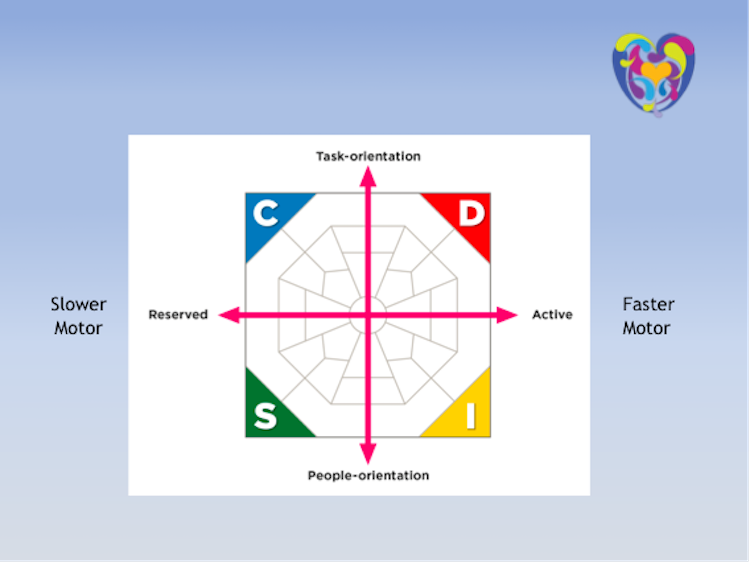Let’s take the first steps of making this the year you minimize turnover, hire the ideal people, put them in their ideal places, and have a Fully Functioning Team! Each of these facets requires a basic understanding of DISC Styles in the Tried-and-True System I’m going to share with you in future blog posts.
In our orthodontic office, we started out “Hiring Blind”, then soon learned about how to use the DISC System to not only “Hire BEST” but how to put the Ideal Person in their Ideal Place in the office.
As we get into that Best Hiring Process and where each Style is needed in our offices, we first need a refresher on DISC Basics. I touched on these essentials in two previous blogs, “If There is One Magic Key, What Does It Unlock?” and “What is the Next Step in DISC Basics?” These are each a quick read for a good basic understanding.
To refresh that foundation:
- D-Style: Takes charge, gets things done, is decisive, authoritative and focused on the task at hand
- I-Style: Is enthusiastic, outgoing, positive and persuasive; a true people-person
- S-Style: Is steady, dependable, cooperative and patient; a great team player
- C-Style: Likes procedures, is systematic, precise and conscientious; great with details
Now let’s take a look at the DISC square image above. Special thanks to Extended DISC, Inc., for putting this DISC Diagram together.
Dividing the square into quadrants, you see each corner represented by a different DISC Style.
If we divide the square into horizontal halves – the top half with the D-Style and C-Style tends to focus more on tasks. The lower half with the I-Style and S-Style tends to focus more on people.
Next, if you divide the DISC square in half vertically, the left half with the C-Style and S-Style tends to half “slower motors” – they often walk slower, process slower, and live slower. While the right half with the D-Style and I-Style tends to have “faster motors” – they usually walk fast, think fast and act fast.
Then, as with most things, each Style has its “weak” side:

I hope these examples give you a better understanding of the different DISC Styles and you can start to see which apply to you or to those you live or work with. If you’d like a DISC Basic Infographic to help remind you of each Style, please fill out the form below and you can instantly download it.
For added insight next week – the way someone prefers to put together IKEA furniture can actually reveal their DISC Style… fascinating!! I’ll go into those insights in next Tuesday’s post.
Then I’m excited to start sharing what we learned from experience about where each Style fits best in an office. The difference it made in our practice was AMAZING! I know it can make a vital difference in your office as well.








Leave A Comment